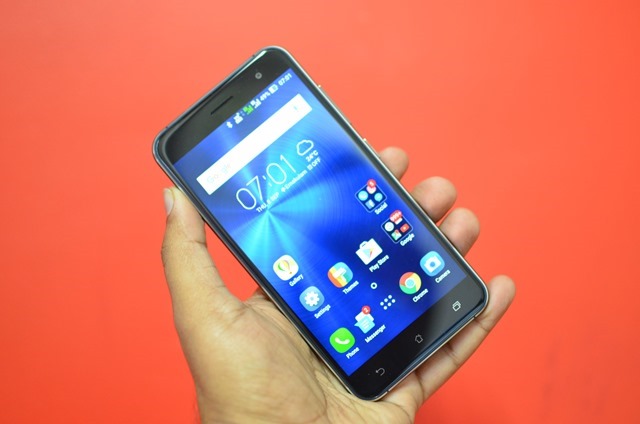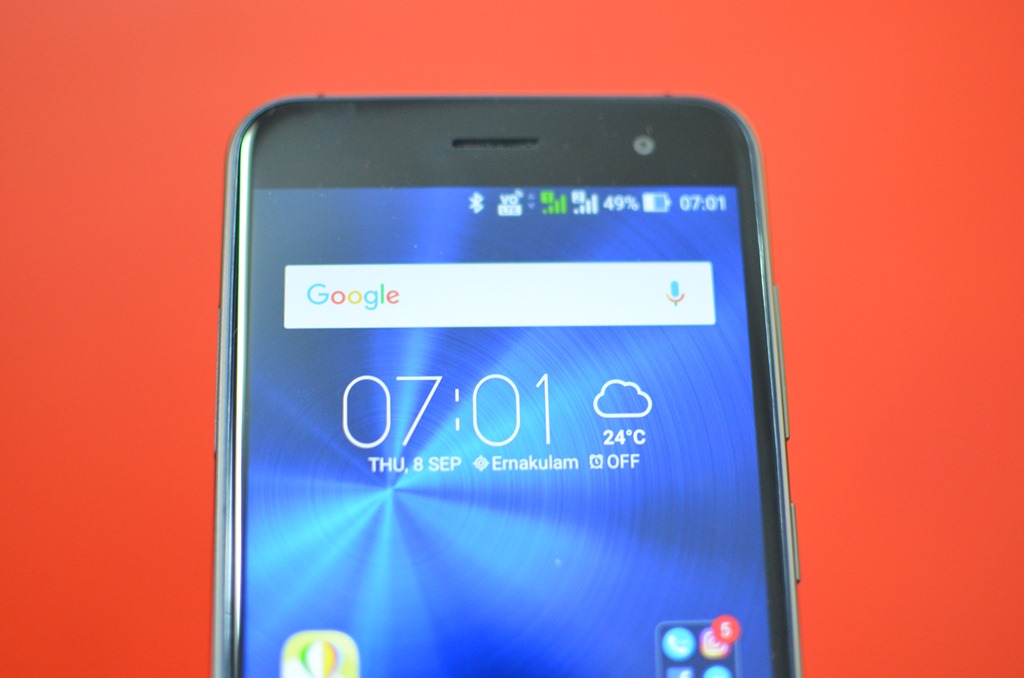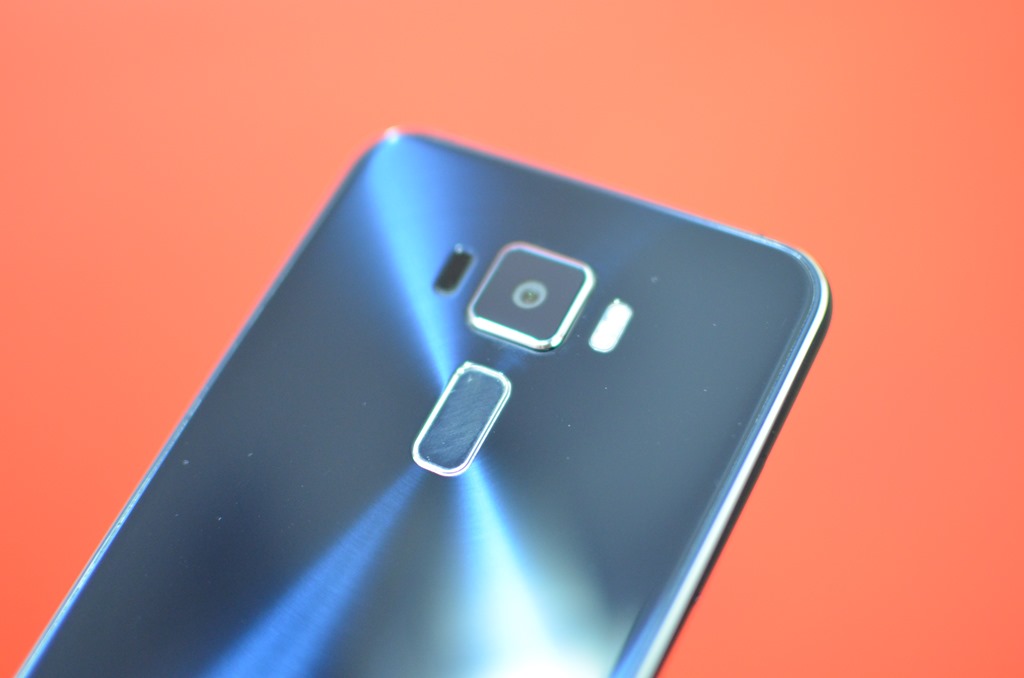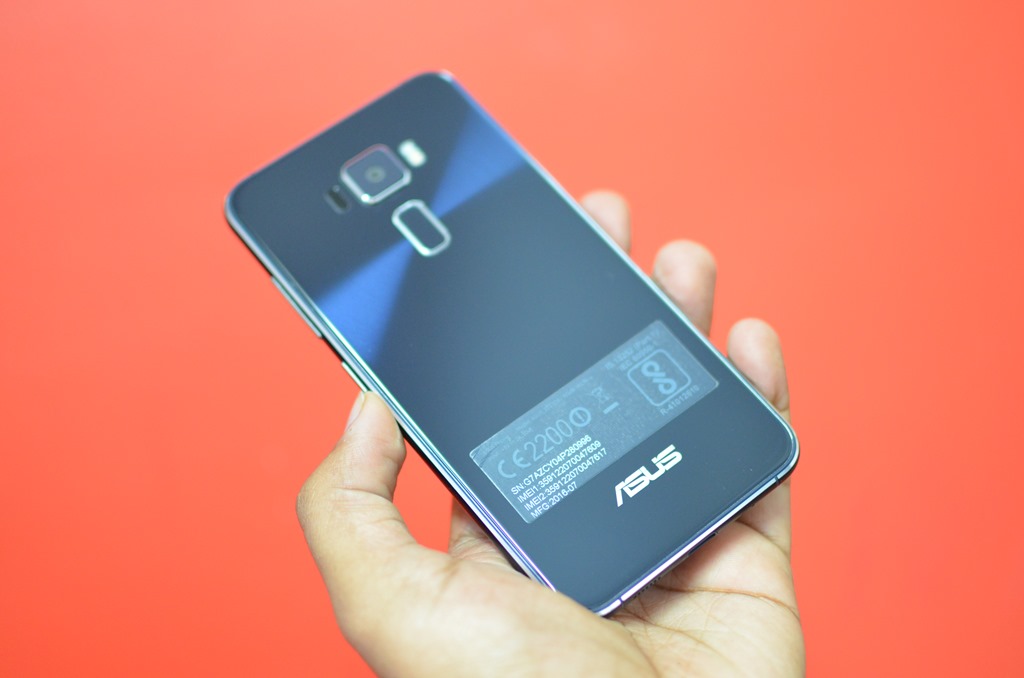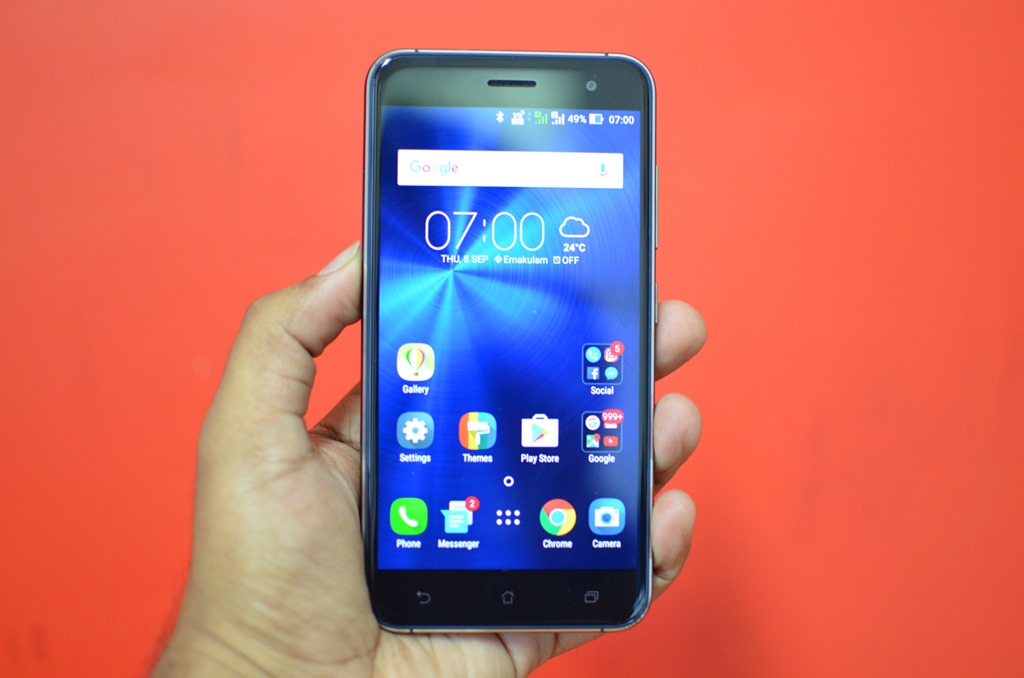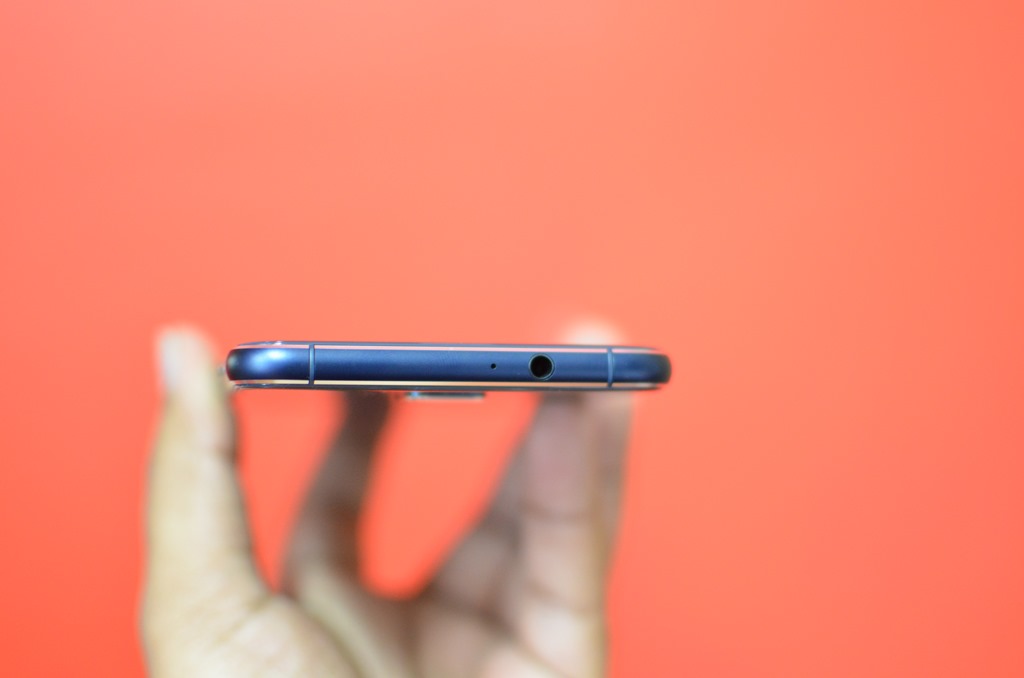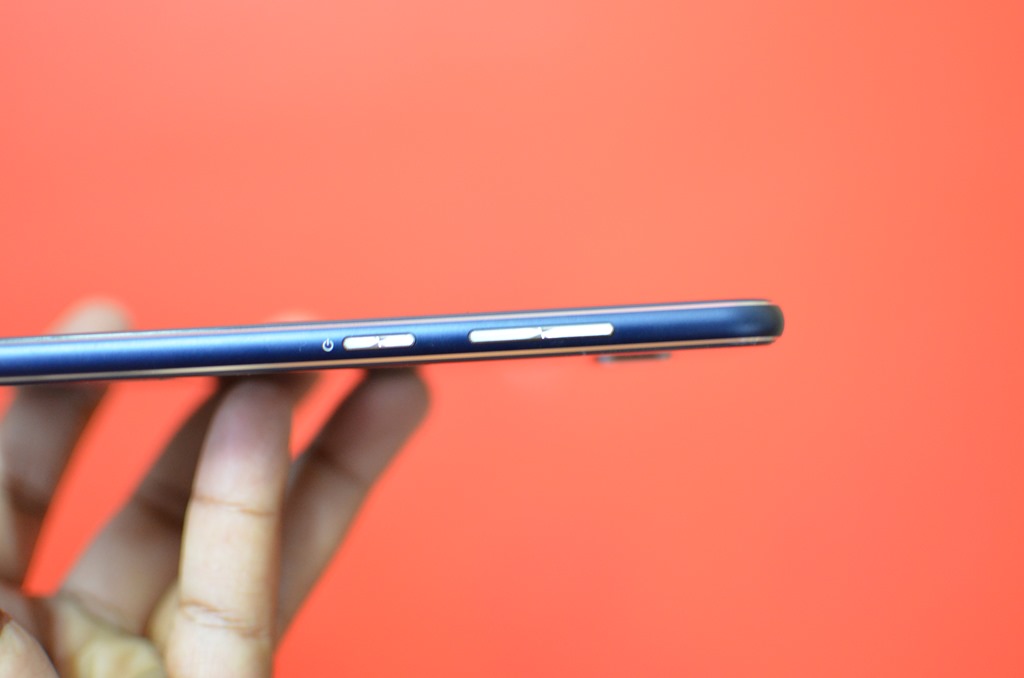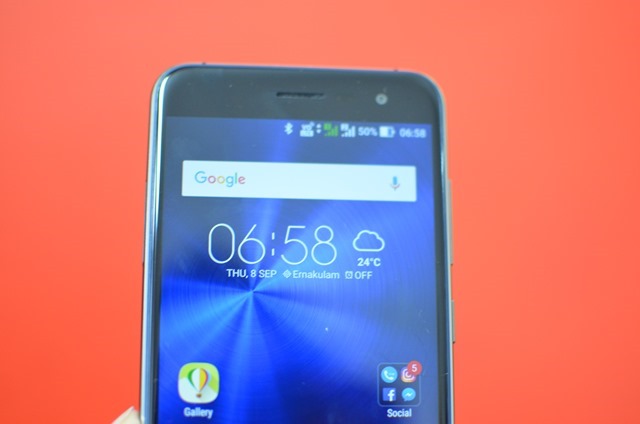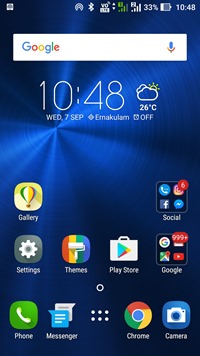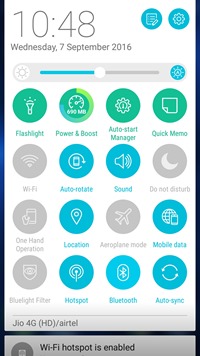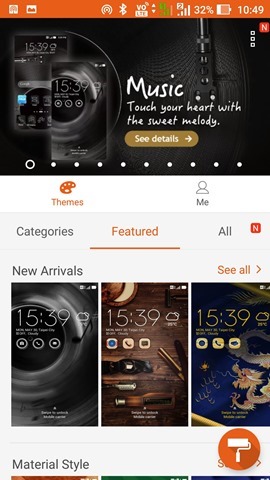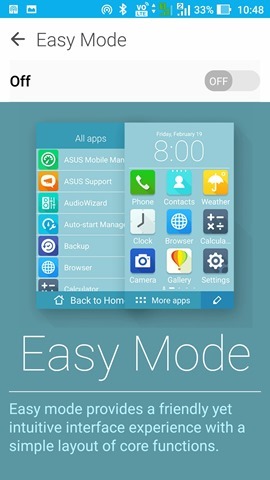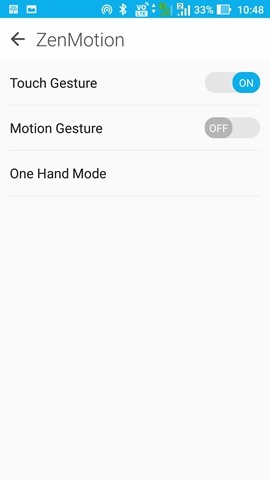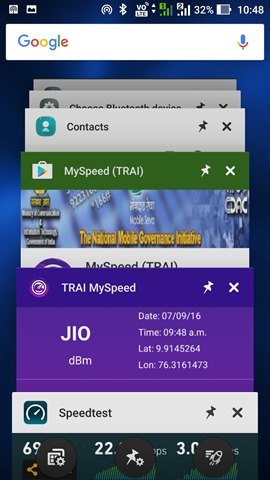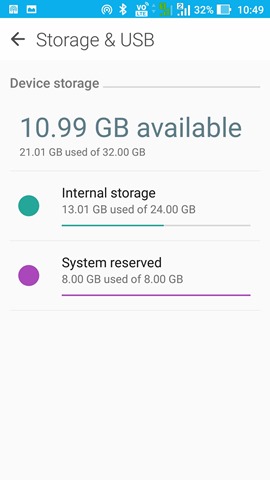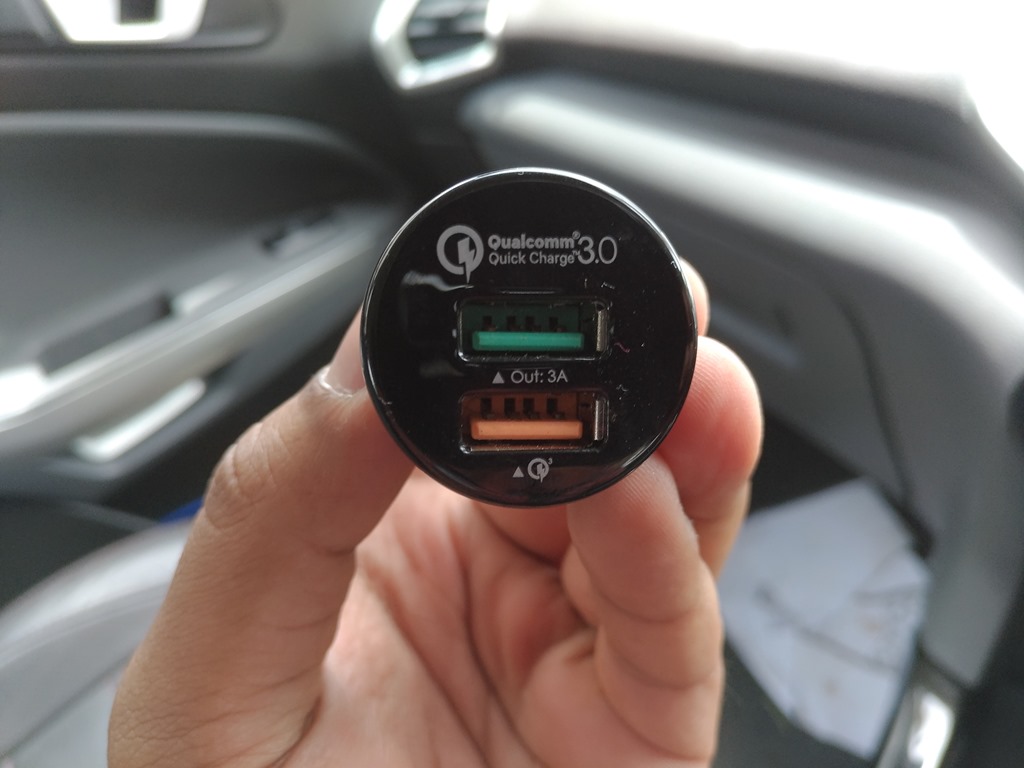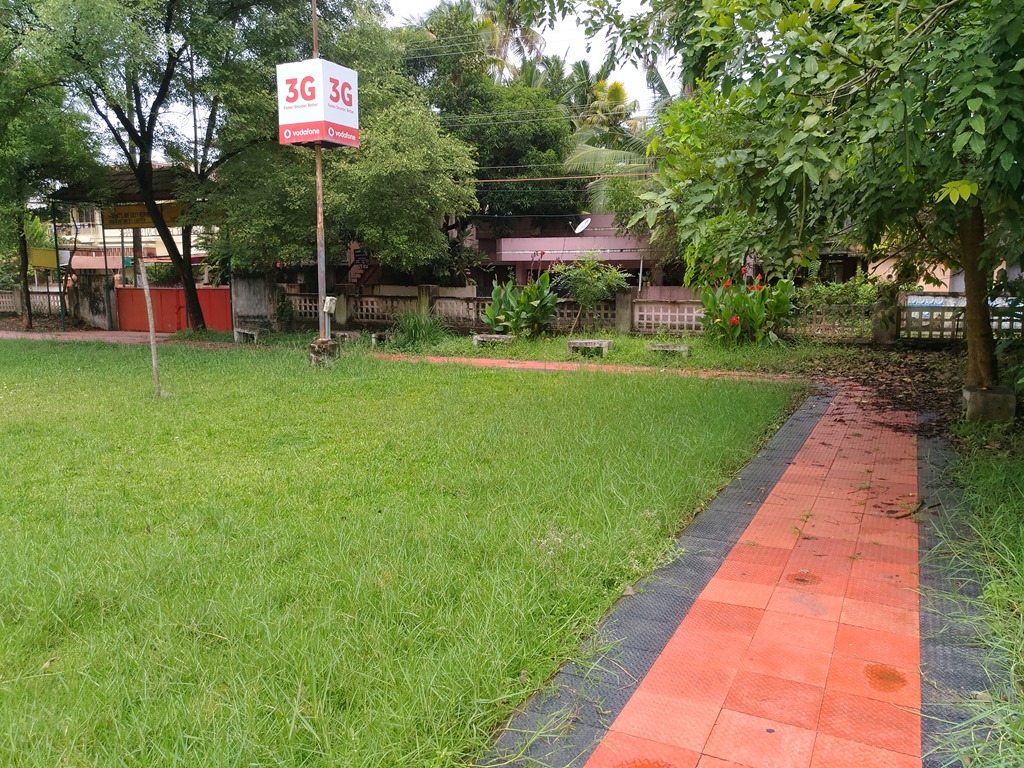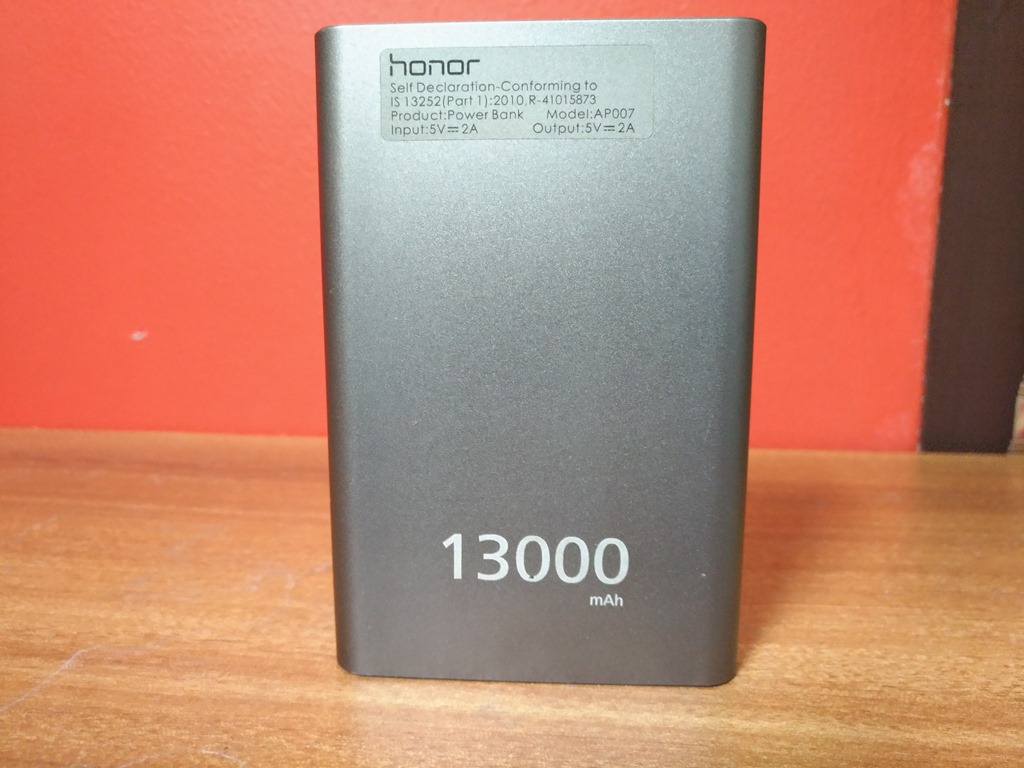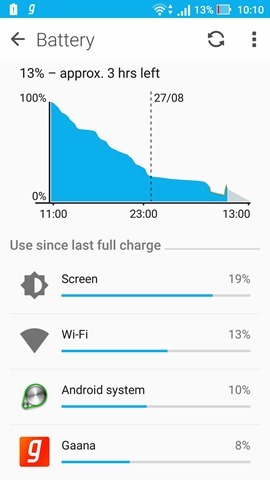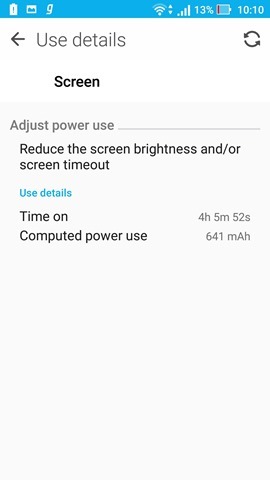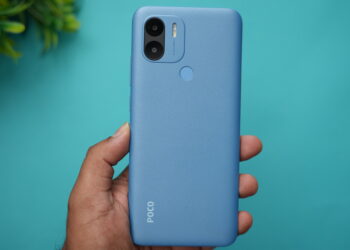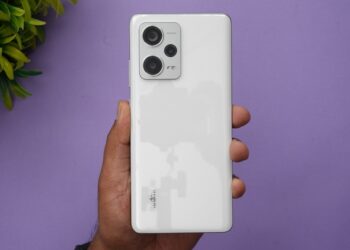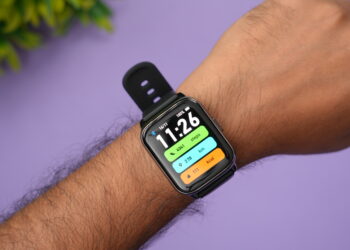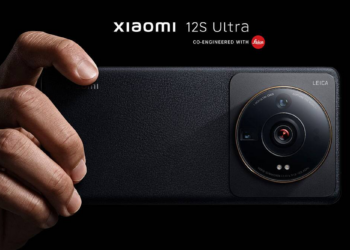ASUS entered smartphone market in India in 2014 with the launch of the popular Zenfone 5. It was a hugely popular device in India and this followed up with Zenfone 2 which was the first smartphone in the world with 4GB of RAM. This year, the company announced the third generation Zenfone 3 in multiple variants. Zenfone 3 comes in two screen sizes, the 5.2 inch ZE520KL and 5.5 inch ZE550KL. Zenfone 3 features Snapdragon 625 Octa core SoC coupled with 3GB RAM and 32GB storage.
The phone has 16MP rear camera with OIS, 8MP front camera and 2600mAh battery along with fast charging. The device is priced Rs 21,999. So is the high pricing of Zenfone 3 justified? Let’s find out in this detailed review.
Design and Build:
The first impression you get when you hold the Zenfone 3 is that it is the best designed and built Zenfone till date. With the Zenfone 3, ASUS has said goodbye to plastic cladded phones and this one is a whole glass and metal finished one. ASUS has used 2.5D curved Gorilla glass on the front and rear panels and this makes a refreshing change to the device and it looks beautiful. The company’s signature concentric-circle pattern which is available in Zen Book makes an appearance in Zenfone 3 on the rear panel.
It has curved edges with chamfered finishing in chrome and the front and rear panel glass merges perfectly into the edges giving the phone a premium look and feel. The phone does feel sturdy to hold and gives good grip as well. There are no visible antenna bands on the rear panel instead they run on the top and bottom sections. The glossy rear panel has square-shaped camera unit which has a slight projection and is coupled with dual tone flash and laser auto focus. The fingerprint scanner with unique rectangular shape sits at the bottom of the camera unit and the ASUS logo at the bottom. The bottom section has USB C Type port, the first Zenfone to feature it. This is accompanied by speaker grill and microphone. The top houses the 3.5mm audio jack while the left side has dual SIM card tray. The right side houses the power and volume keys.
The front panel has 5.2 inch Full HD display, front camera and three capacitive buttons which are not backlit. ASUS Zenfone 3 feels premium from all angles even though it might not be the slimmest or lightest device.
Display:
Zenfone 3 comes with a 5.2 inch Full HD display with 1920 X 1080p resolution with 424PPI. One of the major issue with Zenfone 2 was the poor display quality and ASUS seems to have fixed it with Zenfone 3. With a peak brightness of 600nits, the display is incredibly sharp and has good colors. It is a treat to use for multimedia consumption as well as gaming.
The touch response of the display is very good and so is the sunlight readability. There is also Bluelight filter option which makes reading on the display better. Overall, we are impressed with the display quality although we feel Xiaomi Mi5 has slightly better colors.
Software:
Zen UI, the custom ROM from ASUS has been one of the main attractions of Zenfone ever since it’s release. But over a period of time, ASUS hasn’t done too many changes to Zen UI and the Zenfone 3 comes with Zen UI 3.0. There aren’t too many visible changes to the UI, but few new features have been added to the Zen UI which is now on top of Android 6.0 Marshmallow. Zen UI comes with lots of customization options. It does come with an app drawer and custom notification panel. The new UI does look refreshing with new options in the home screen.
The home screen offers lot of tweaks and customizations in the form of icon packs, size and font of icons and more. You can try out various combinations on the home screen. The Zen UI also supports third party icons which you can download from Play store. The new theme store app also comes with handy themes and there are both paid and free themes available.
A new app called Mobile Manager has been added in Zen UI which offers to free RAM and storage space as well as check performance and app permissions similar to other Chinese OEMs. There are still a lot of pre-loaded apps in the Zen UI which we feel is a bit too high for our liking. There are a plethora of apps from ASUS including Do It Later, Share Link, ZenFone Care, ZenTalk, Laser Ruler, Quick Memo, Splendid, Puffin, ZenCircle, ZenFlash camera, PhotoCollage and MyAsus Service Centre.
Zen UI also comes with lots gestures and features like One handed UI, Kids Mode and Easy mode which are handy features in the UI.
Performance:
Zenfone 3 is powered by 2.0Ghz Qualcomm Snapdragon 625 Octa core SoC coupled with 3GB RAM and 32GB internal storage. Snapdragon 625 is relatively newer chipset and it definitely impressed us with the performance. We used Zenfone 3 as our daily driver and it gave us a good performance in day to day tasks without any issues. But with the Zen UI being a bit heavy on resources there was around 1GB of RAM available out of the 3GB on most occasions unless you clear it.
When playing heavy graphic rich games we found the 625 to be a good performance without any lags, but we did notice slight frame skips on Asphalt 8. But the good aspect is that there was absolutely no heating on the chipset even with prolonged usage. Overall, we would say 625 is a good mid-range chipset which might not give you the performance of 650 or 652, but will not have any issues in day to day performance.
The phone comes with a fingerprint scanner located on the rear panel and it was super quick to unlock the device. It was extremely responsive and accurate. The phone comes with 32GB of internal storage and you get close to 24GB in the first usage and you also have a hybrid SIM slot to expand the memory. We tested the call quality on the device and it was extremely good and it also supports VoLTE. Other connectivity options on the phone include Bluetooth, Wi-Fi 802.11b/g/n/ac, GPS/A-GPS, and Glonass.
Camera:
ASUS Zenfone 3 comes with a 16MP rear camera and 8MP front camera. The camera is one department where the Zenfone 3 is loaded with features. The rear 16MP is paired up with a dual-tone LED Flash, PDAF, Laser AF and continuous AF and has f/2.0 aperture, 6P Largan lens and 4 axis OIS. That is mighty specs for the camera. The camera interface offers loads of features and modes to choose. There is also a manual mode where you can control the ISO, white balance and more. The plethora of options and modes will take you a long time to get used to. We tested the camera in different light conditions, mainly in auto mode.
In daylight conditions, the camera produced good results and they were appreciably good in quality than previous generation Zenfones. There was good detailing the photos, but there is a still a tendency to over sharpen the image in post processing. The colors have come quite good, but again they are slightly saturated and not natural colors. The autofocus worked pretty fast and thanks to the PDAF and laser autofocus on the phone. The close up shots also have come good, but colors aren’t the best we have seen in this segment. The low light photos were quite good and ASUS has done some work in reducing the noise. But having said that noise does creep into some images. The auto HDR mode wasn’t the best and tend to over expose the images, so we recommend you to use the normal mode. The dual LED flash also works quite well in low light conditions.
The 8MP front camera is very good and produces great seflies in most of the conditions. There are lots of modes available in front camera as well. The phone also supports 4K video recording and the video recording quality was strictly average even though the OIS worked exceptionally well. Overall, we feel ASUS has definitely improved in the camera department, but still not the best we have seen in this segment. Here are some of the samples taken with the phone.
Battery Life:
ASUS Zenfone 3 comes with a 2600mAh battery (ZE520KL) along with fast charging and USB C Type port. While the previous generation Zenfones had the major issue with battery performance, this seems to have improved with Zenfone 3. Even with a moderate capacity battery, the Zenfone 3 performed quite well and we could get 4 hours of SoT with the battery in regular day to day usage. While the performance isn’t great, considering the battery capacity we feel this is quite good especially with support for fast charging on the device.
There are also various battery modes available in the Zen UI which lets you switch between battery profiles or schedule them automatically.
Verdict:
So should I buy it? Yes and No. If you are in the market for a good all-round device and not really worried about the processor, then ASUS Zenfone 3 is a good buy at 21,999. It offers superior build, good software with decent performance, above average camera and decent battery life. But when you look at the competition with Xiaomi Mi5, OnePlus 3 and Le Max 2 with Snapdragon 820 priced closer to Zenfone 3, you might want to think twice before buying it.
ASUS has done most of the things right with the Zenfone 3, except for the important aspect, the price. At Rs 21,999, it is a tough fight for ASUS, but the good aspect is that it is available in offline stores across India.
Pros:
- Great design and build
- Good display
- Above average cameras
- Decent performance
Cons:
- Price
- Lot of preinstalled bloatware

